May 28, 2025
Author:Amanda Lyu
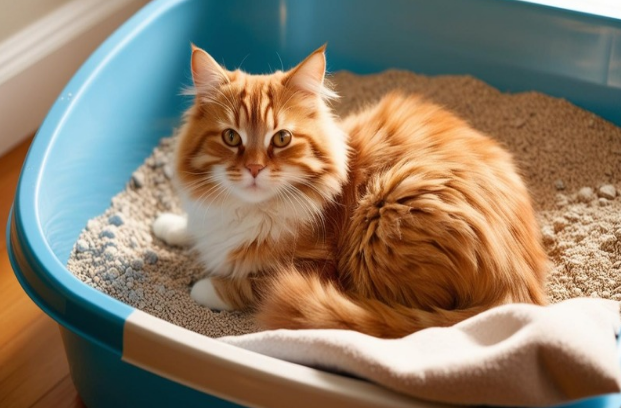
Cat poop comes from a meat-eater. That alone should raise a red flag. It might seem natural to toss used litter into the compost pile or bury it in the garden. After all, manure is manure… right? Not quite.
Cat waste carries serious risks—ones that most people overlook until it’s too late. From parasites that linger in soil for years to contamination that can ruin an entire harvest, what seems like an eco-friendly shortcut can turn into a costly mistake.
But it’s not all bad news. There are safe ways to handle it—if you know what you're doing.
Here’s what we’ll break down:
● Why cat poop is not like cow or chicken manure
● The health hazards you can’t afford to ignore
● What “compostable” actually means in this context
● When (and how) can cat waste be safely used
● Better alternatives that protect both soil and health
● Tools that make waste management easier, cleaner, and safer
You’re about to save your soil—and maybe your health—from a decision that’s more dangerous than it looks.
Cat poop isn’t manure in the way most people think. Yes, it’s animal waste. No, it’s not safe to treat it like garden gold. Here’s why.
Cats are carnivores. That single fact changes everything. Cow and chicken droppings come from herbivores—animals whose waste breaks down into nutrient-rich compost without introducing high-risk pathogens. Cats, on the other hand, eat meat. Their feces often carry bacteria and parasites that don’t go away with casual composting.
One of the biggest concerns? Toxoplasma gondii. This parasite lives in many cats’ intestines and gets passed into their stool. In soil, it can stick around for months. In produce? It can be transferred to humans. And here’s the worst part—it’s dangerous even in tiny amounts.
Cat litter also changes the equation. Unlike farm manure, which breaks down easily, litter can contain clay, chemicals, or crystals that don’t decompose cleanly. Some even trap moisture and slow down microbial activity, blocking composting altogether.
It’s not a question of whether the waste is organic. It’s a question of what that waste contains—and what it puts at risk. In this case, the risks heavily outweigh the benefits.
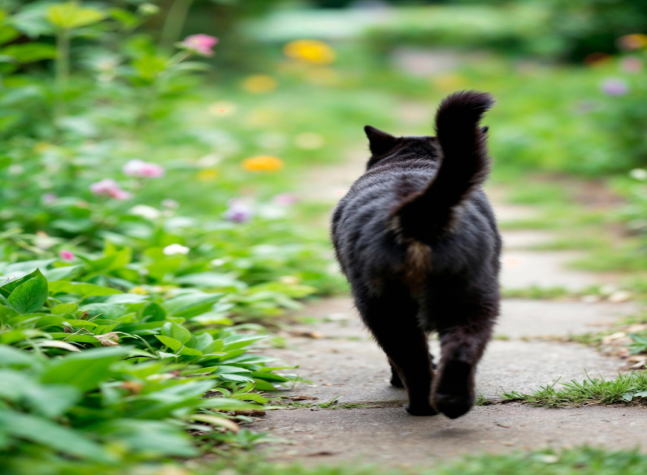
Using cat poop as fertilizer isn’t a harmless shortcut. It’s a health hazard that impacts far more than your garden. The risks start with human exposure and ripple out to the environment, other animals, and even the cats themselves.
Let’s break down exactly what’s at stake.
Cat feces can transmit a number of zoonotic diseases, meaning infections that jump from animals to people. The most serious—and most overlooked—is toxoplasmosis.
According to the CDC, more than 40 million people in the U.S. carry the Toxoplasma parasite, often unknowingly.¹
For most healthy adults, it causes flu-like symptoms. But for pregnant women and immunocompromised individuals, exposure can lead to miscarriage, birth defects, and serious neurological damage. This parasite can enter the body through contact with contaminated soil or vegetables grown in it, even after months.
Other risks include:
● Salmonella and E. coli infections from handling waste or eating tainted crops
● Skin infections or eye irritation from accidental exposure
● Respiratory issues triggered by dried litter particles during compost turning
Cat waste isn’t a natural match for compost piles. Most home composting systems don’t reach high enough temperatures to neutralize pathogens. That means harmful microbes survive and can infect the soil.
Here’s what that can cause:
● Contamination of root vegetables like carrots or potatoes
● Long-term pathogen buildup that affects future crops
● Disruption of the soil bacteria balance, affecting plant nutrition
● Blocked decomposition when mixed with non-compostable litter
If you’re growing food—even herbs—you’re taking a gamble by mixing cat waste into the soil.
When cat waste leaches into surrounding areas or gets spread unintentionally, it can infect wildlife and livestock.
Toxoplasma gondii has been linked to neurological illness and death in sea otters and other marine life due to contaminated runoff.² Livestock can also contract diseases from pastureland exposed to cat feces, leading to reproductive and digestive issues.
Even outdoor pets who roam near compost bins or garden beds can pick up bacteria and parasites from contaminated soil.
It may sound counterintuitive, but improper waste disposal can come full circle. If cats dig into or walk across garden areas treated with raw waste, they’re at risk of re-exposure. That means re-ingesting parasites, developing gastrointestinal issues, or bringing pathogens indoors—on their paws, fur, or litter.
The risk loops back, endangering everyone in the household.
Not everything labeled “compostable” belongs in a backyard compost bin. And when it comes to cat poop, the definition narrows fast.
A lot of folks mix up biodegradable and compostable, but they’re not actually the same thing. Biodegradable means the material will break down at some point—could be months, could be years. But compostable? That’s a higher bar. It means the waste breaks down into something safe and usable, something that feeds your soil without leaving behind pathogens, toxins, or anything sketchy.
And that’s exactly where cat poop—and most litter—miss the mark.
● Temperature Makes the Difference: For waste to be safely composted, it needs sustained high heat, typically above 130°F for multiple days. That’s the benchmark for killing off parasites, bacteria, and viruses found in pet waste. The problem? Home compost piles rarely reach those temperatures consistently. Turning the pile weekly and layering it properly can help, but it still doesn’t guarantee a safe breakdown of cat-related pathogens.
● Litter Isn’t Always on the Team: Even if the cat poop could be treated safely, the litter it’s mixed with often throws a wrench in the process. Most conventional cat litter contains:
○ Clay that doesn’t decompose
○ Chemical binders and perfumes that can harm soil microbiology
○ Crystals or synthetic particles that contaminate finished compost
Some litters are labeled “compostable,” but only in commercial composting facilities with controlled heat and microbial activity. Tossing it into a home pile doesn’t cut it.
● The Finished Product Still Carries Risk: Let’s say a pile does break down visibly. That doesn’t mean it’s safe to use on food crops. Pathogens like Toxoplasma gondii don’t show up in smell, color, or texture. Using that compost near vegetables, herbs, or fruit trees can turn into a silent contamination risk. Even spreading it on lawns or flower beds could cause unintentional exposure, especially for kids, pets, or wildlife.
The label might say “compostable.” But with cat poop involved, the real question is: at what cost?
Most situations call for keeping cat waste far away from your garden, but there are a few narrow exceptions where it can be handled responsibly. The key? Containment, heat, time, and clear boundaries.
If cat waste makes it through high-heat composting, its use must still be restricted to ornamental, non-edible landscaping only. That includes:
● Mature trees and bushes
● Perennial shrubs
● Decorative flowers
● Grass patches not used by children or pets
Why? Because residual pathogens like Toxoplasma gondii can survive even after partial breakdown. These organisms pose no nutritional benefit to the soil but carry risks to humans when applied near consumables. Even root crops grown in “treated” soil can absorb contaminants.
Best practice: Dig compost at least six inches below the surface, keep it away from the root crown, and never apply it during the plant’s peak water absorption periods. Use mulch or topsoil as a barrier layer to reduce contact with runoff or curious pets.
Standard backyard composters don’t generate the sustained thermal conditions required to neutralize cat-related pathogens. A sealed, high-efficiency composting unit designed for animal waste is non-negotiable.
Look for units with:
● Dual-chamber systems for active composting and curing
● Insulated walls capable of maintaining >130°F (55°C) consistently
● Adjustable aeration and drainage to support thermophilic microbial activity
● Pest-proof seals and child-safe latching mechanisms
Most off-the-shelf bins cannot safely process high-risk bio-waste like feline feces. Opt for units certified for pet waste decomposition or systems built for municipal composting standards. Once processed, compost must still cure for 12 months minimum before application, and even then, must never go near anything edible.
Cross-contamination is the silent risk in backyard composting. Mixing cat feces with general compost materials like vegetable peels, yard trimmings, or food scraps can ruin the entire pile’s viability.
Here’s why separation matters:
● Parasites can migrate to organic matter intended for edible crops
● Safe composting temperatures become harder to control
● Pathogens can re-emerge if oxygen levels or microbial balance are disrupted
Designate a completely separate container or system. Keep a clear barrier—physical and spatial—between your standard pile and any pile processing cat waste. Tools like pitchforks or thermometers used between systems should be disinfected between uses.
Label everything clearly. This is not the kind of compost you want misidentified—or worse, misapplied.
Moisture transforms risk into movement. Even small amounts of rainfall can leach live pathogens from cat-waste-based compost into soil, groundwater, or nearby surfaces.
Avoid using any pet waste compost in:
● Low-lying areas with poor drainage
● Locations near stormwater runoff systems
● Sloped land that can funnel contamination downhill
● Spaces used by barefoot children or animals
Wet conditions also inhibit compost stability. Excess moisture interrupts microbial activity, cools down core temperatures, and extends decomposition timelines—sometimes indefinitely.
If you must apply composted cat waste outdoors, choose a dry, elevated zone with low foot traffic. Apply during dry seasons only, and cover with at least two inches of dry topsoil or mulch. This physical barrier helps reduce erosion and accidental transfer during wind or light rain.
Managing cat waste isn’t just about where it goes—it’s about how you handle it day-to-day. The right tools reduce exposure, prevent contamination, and streamline cleanup without disrupting your home or pet routine. Here’s where WOpet’s smart pet care lineup changes the equation.
WOpet’s smart automatic pet feeders reduce litter box frequency by supporting precise, portion-controlled feeding. When cats eat on a fixed, optimized schedule, their digestion stabilizes, making waste more predictable and easier to manage.
What does that mean for you?
● Less chance of overfeeding and digestive upset
● Firmer, more manageable stool
● Lower frequency of messy cleanups
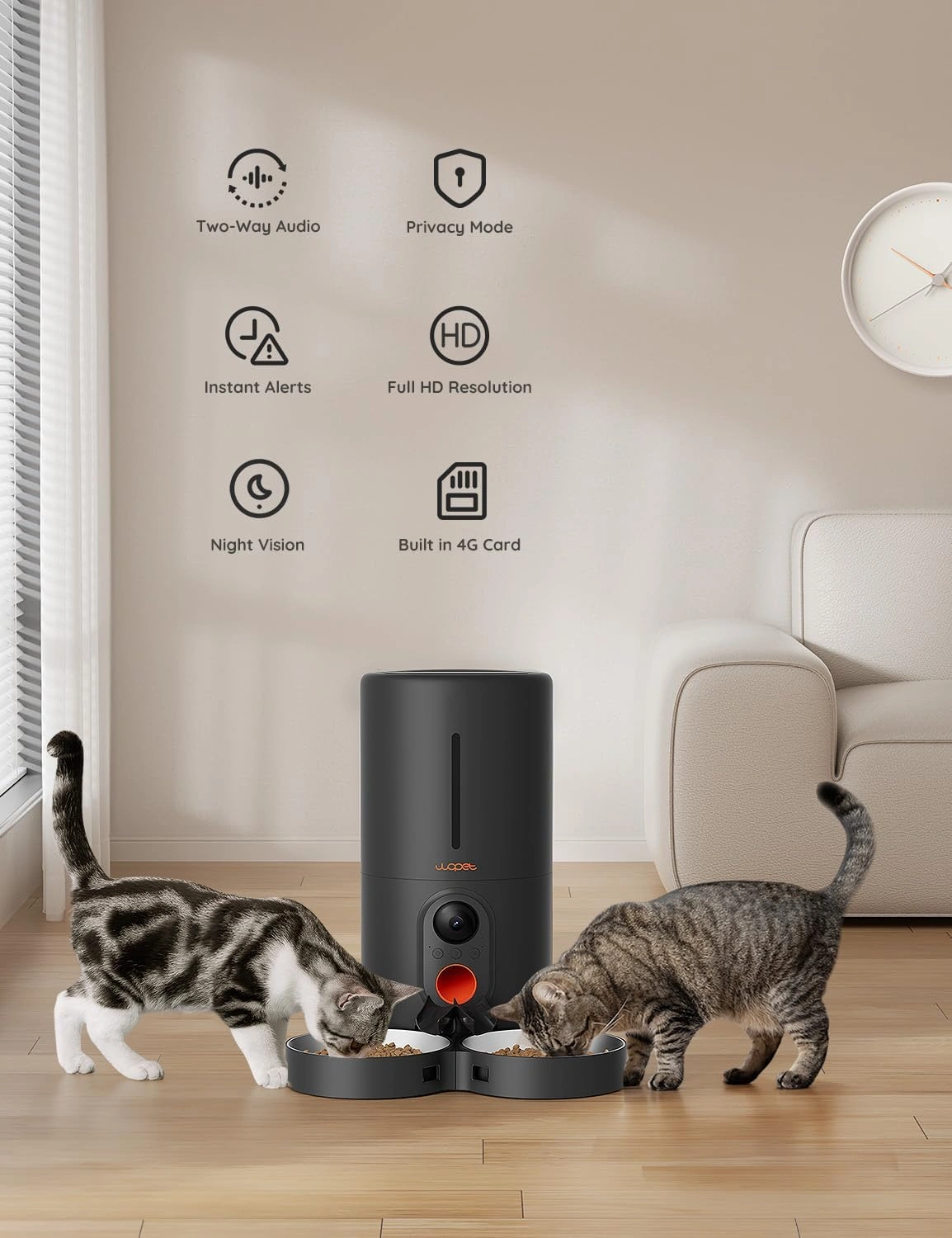
With remote scheduling through the WOpet Life app, you can make real-time adjustments from anywhere. No guesswork. No stress.
Proper hydration plays a direct role in reducing odor and improving stool quality. WOpet’s pet water fountains encourage regular drinking through continuous circulation and filtration.
These systems help:
● Prevent constipation-related waste issues
● Support overall gut health
● Reduce foul-smelling waste
Each unit is quiet, easy to clean, and integrates smoothly into small or multi-pet households.
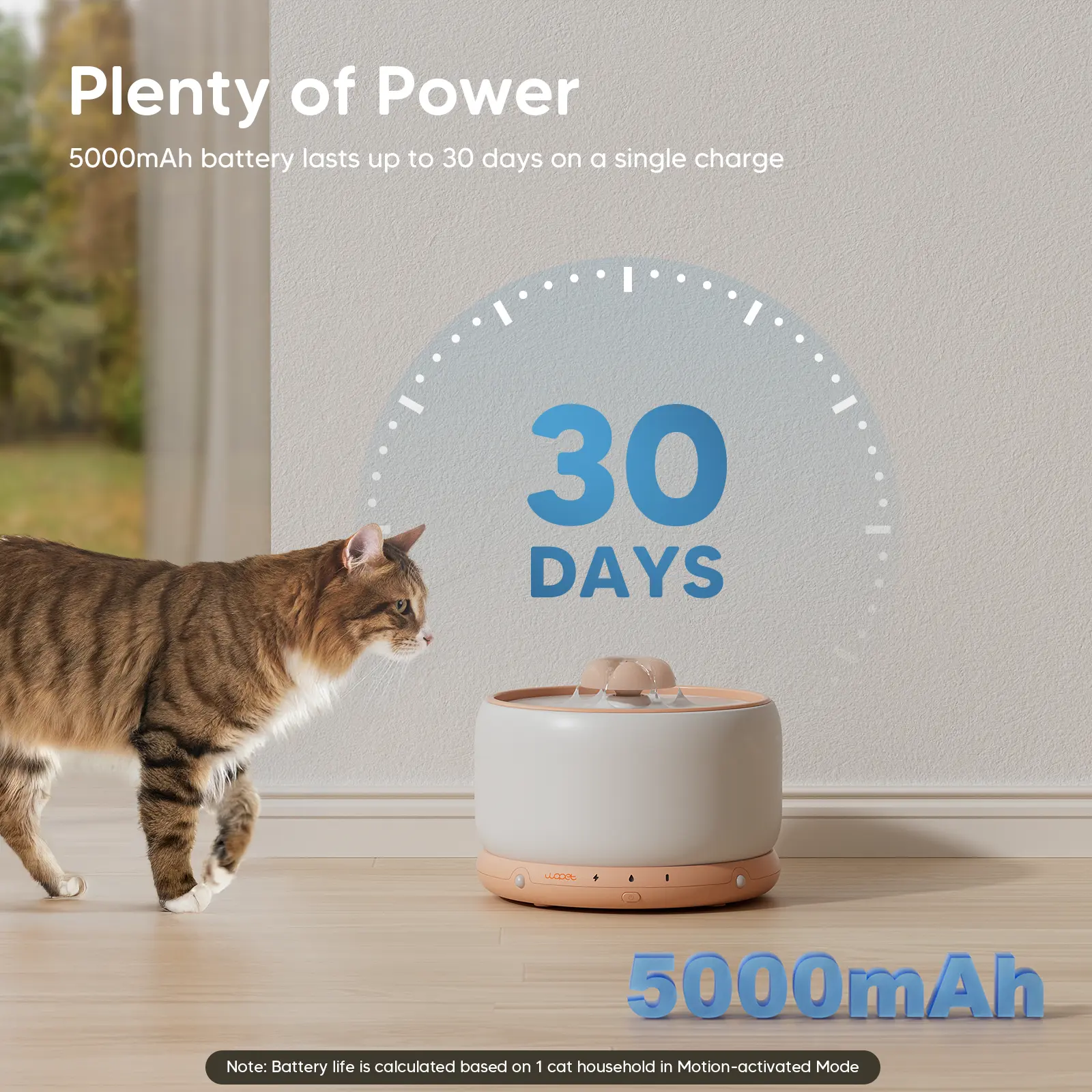
WOpet’s interactive pet cameras with treat dispensers aren’t limited to entertainment. They give you real-time visibility into your cat’s habits, without you having to hover or dig through litter to understand patterns.
Use these devices to:
● Spot litter box irregularities (e.g., frequency or behavior)
● Identify when your cat may be feeling sick or stressed
● Check for signs of waste avoidance that could signal health concerns
The HD video, two-way audio, and mobile app control let you stay informed and responsive, even while away.
Everything above syncs into one powerful tool: the WOpet Life app. This secure, cloud-connected platform lets you manage feeding times, hydration schedules, and interaction logs—from anywhere, anytime.
With a clean interface and built-in s, you’ll always know:
● When your cat ate
● How much water did they have
● If something seems off with their behavior
A better routine means cleaner waste. Cleaner waste means safer management.
WOpet tools don’t eliminate the need for smart disposal, but they give you full control over the inputs. And when the inputs are stable, the cleanup becomes far less complicated.
Using cat poop in your garden might seem like a sustainable shortcut—but now you know it’s more risk than reward. You’ve unpacked the science, sorted through the safety, and picked up smarter ways to handle waste without second-guessing your next move.
By now, it’s clear: managing cat waste safely isn’t about trial and error. It’s about control, hygiene, and staying ahead of problems before they spread. And with the right tools—like those from WOpet, you’re not only making cleanup easier, you’re setting up your whole routine to work better.
Let’s recap what you’ve covered:
● Why cat poop can’t be treated like cow or chicken manure
● Which health risks make it dangerous for humans, pets, and soil
● What “compostable” really means when litter and pathogens are involved
● How to safely process and isolate waste for non-edible landscaping use
● What to avoid when applying compost in the yard
● Which WOpet tools support a cleaner, safer, and more efficient routine
When waste is managed well, the benefits go far beyond your compost pile. Cleaner habits lead to healthier pets—and smarter tools like WOpet help keep it that way.
Label:
Popular Post
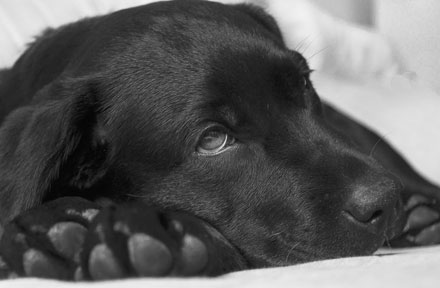
What to Feed a Sick Dog With No Appetite? [2025 Guide]
May 16, 2023
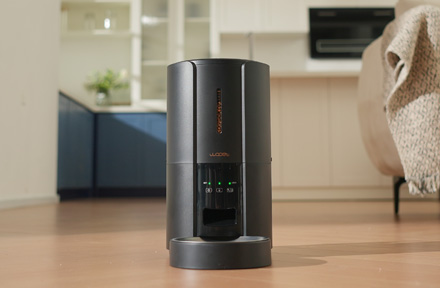
Troubleshooting Common Issues with Automatic Pet Feeders: Tips & Tricks for Pet Owners
Oct 26, 2023
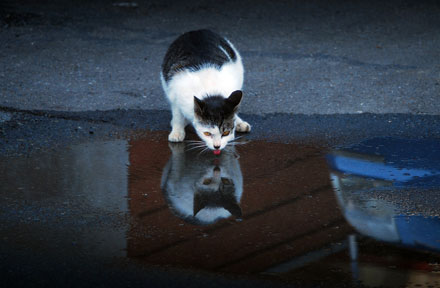
Why Does My Cat Cough After Drinking Water? 8 Potential Reasons
Mar 13, 2023
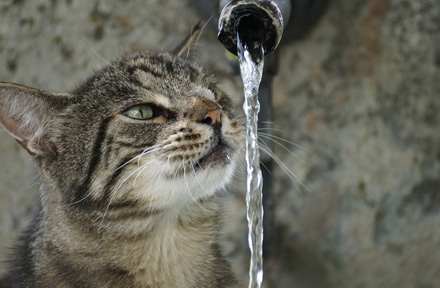
Why is My Cat Throwing up Water? Top 5 Causes Here
Feb 08, 2023
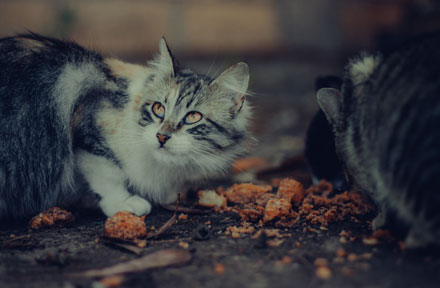
My Cat Only Eats A Little at A Time - What to Do?
Feb 27, 2023
$99.99
$129.99
Copyright © 2025 WOPET. All Rights Reserved.